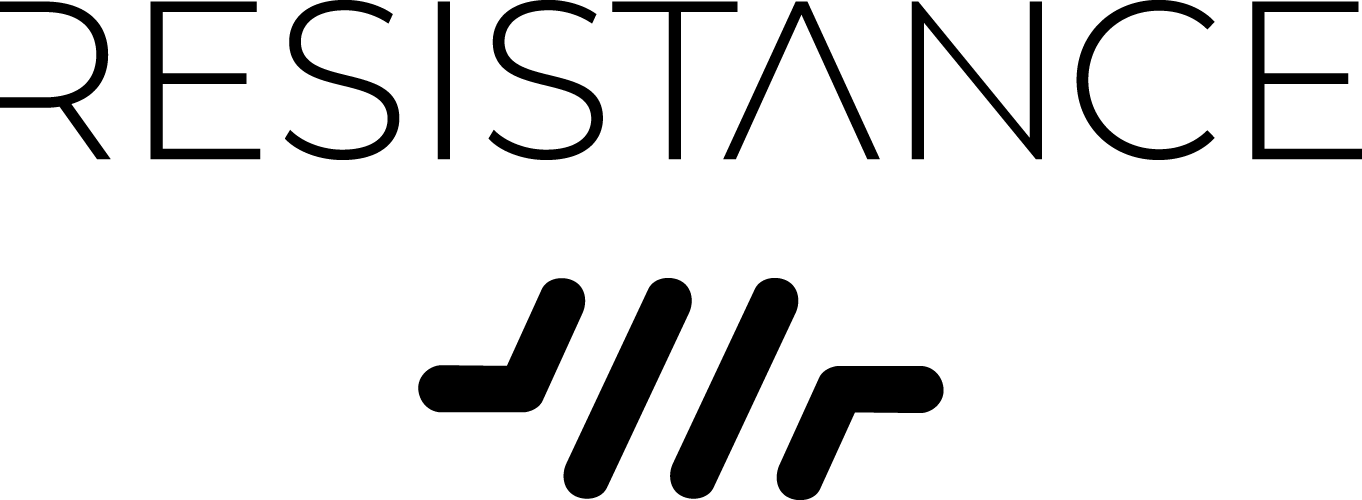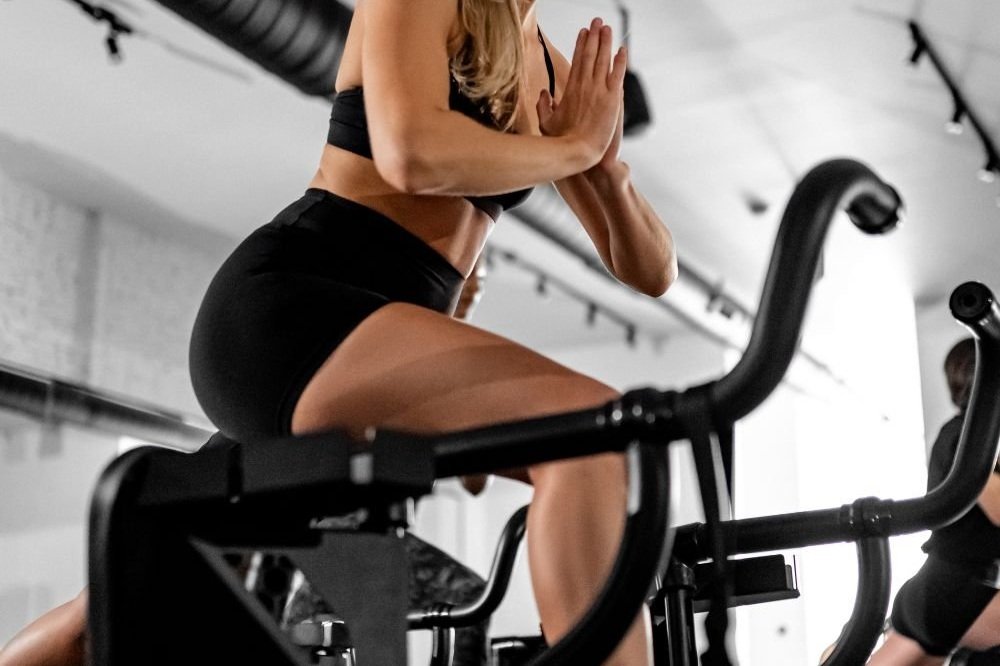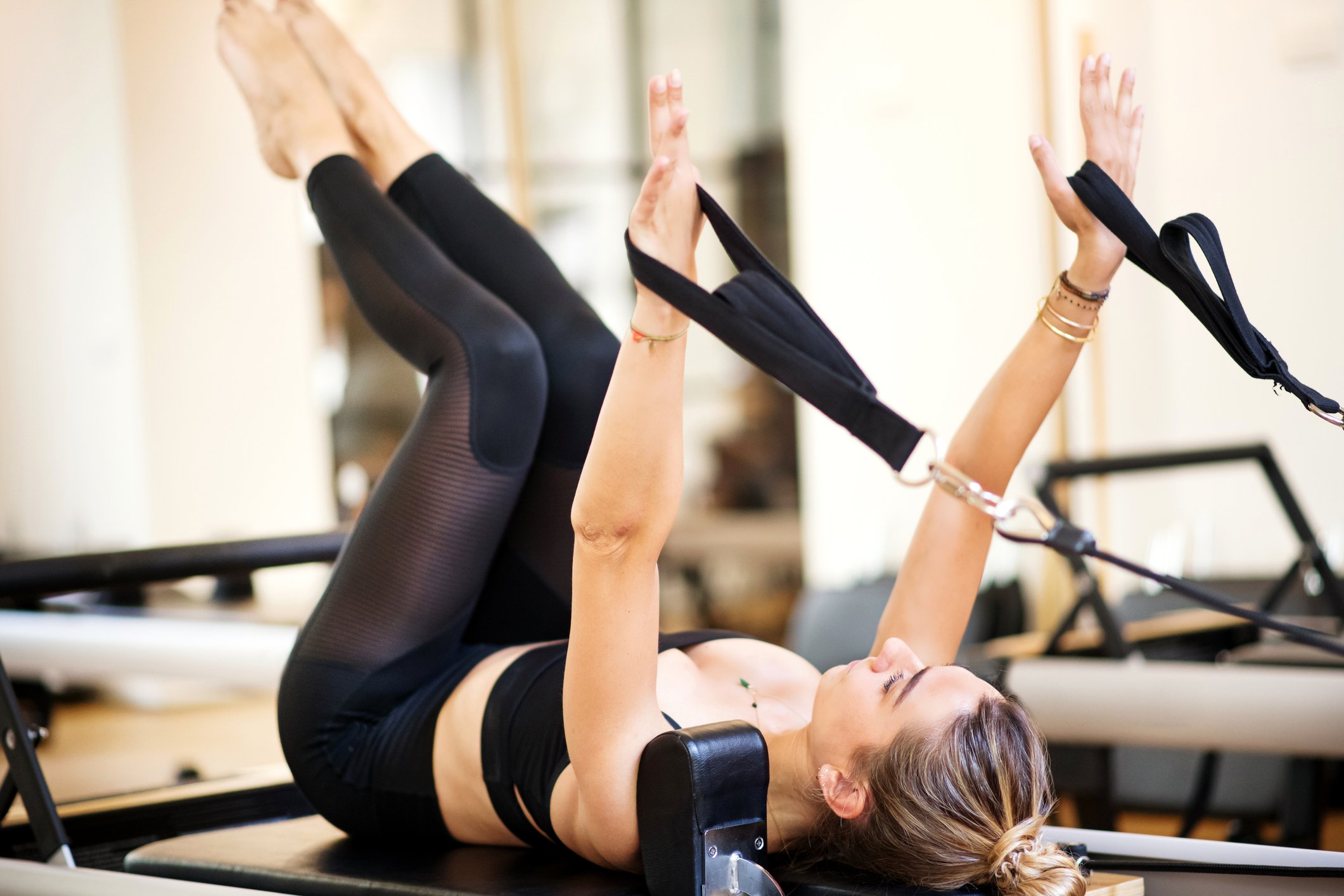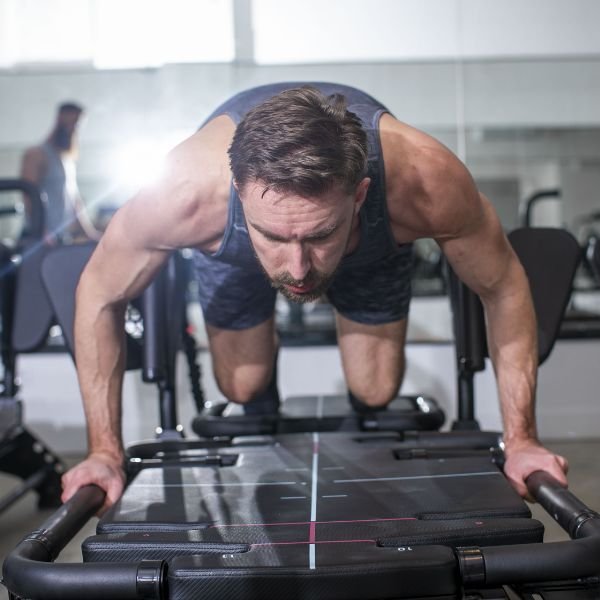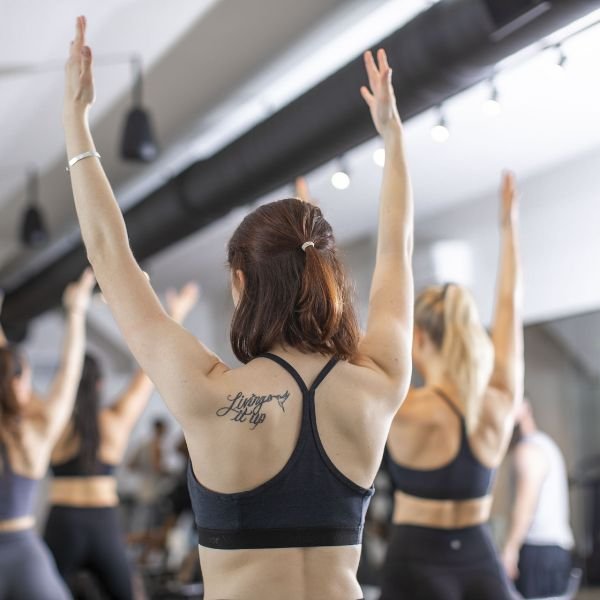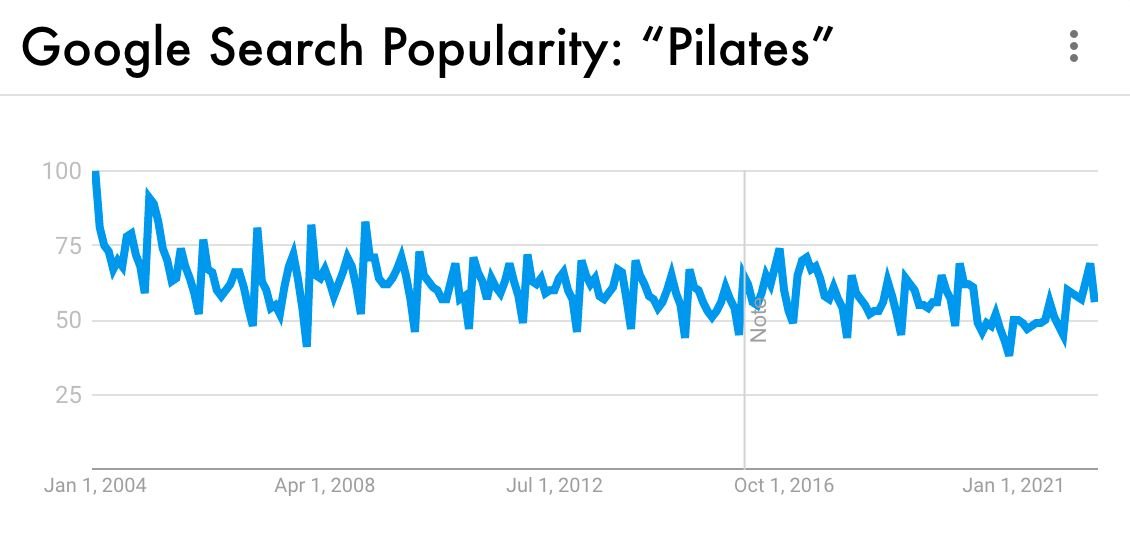What’s the difference between Lagree and Pilates?
Lagree is often referred to as “Lagree Pilates” or described as “High Intensity Pilates.”
While the machine used in Lagree classes, The Megaformer, was inspired by the Pilates Reformer, Lagree and Pilates differ in their principles and the goals they strive to achieve. New clients often ask if Lagree is a type of Pilates. It is not. We made this list of similarities and differences to help clarify.
Lagree vs Pilates
Origins.
Lagree Method
Created in 1998 by Sebastian Lagree who continues to improve and evolve the method today
Intended to sculpt and transform the body
Megaformer is required to accomplish the workout
Designed for High intensity, Low Impact
Pilates
Created in the early 1900’s as “Contrology” by Joseph Pilates
Initially intended for rehabilitation and recovery purposes
Can be performed with or without specialized Pilates equipment
(Reformer, Cadillac, Barrel, Chair, Mat)
Designed for Low Impact at Low intensity
Goals.
The goal of the Lagree Method is to improve clients’ cardio health, muscular endurance, muscular strength, core strength, balance, and flexibility by maintaining constant tension on muscle groups utilizing spring-resistance on the Megaformer.
The goal of Pilates is to improve clients’ mental health, core strength, and spine alignment by performing a sequence of movements done in a controlled manner through mental concentration and focusing on moving from the core with precision.
Principles.
Joseph Pilates taught his method at a studio in New York throughout the mid-twentieth century. The Pilates Method of Physical and Mental Conditioning was published in 1980, popularizing Pilates and outlining six main principles based on knowledge passed down to Joseph Pilates’ students.
Principles of Lagree
Effective Form
Effective Range of Motion
Effective Tempo
Effective Duration
Effective Tension
Effective Transitions
Effective Plane of Motion
Principles of Pilates
Concentration
Control
Centering
Flow
Precision
Breathing
The principles of Pilates are all utilized in the Lagree Method. However, Lagree fundamentally applies concepts from exercise styles that have developed and evolved drastically since the inception of Pilates. As Pilates was spreading across the world, other fitness methods were also growing and applying new research to increase effectiveness. More competitive practices like bodybuilding drove discoveries to create an edge for participants focused on strength and aesthetics. The growing popularity and evolving styles of Yoga, on the other hand, demonstrated the benefits of slow or isometric exercises.
By combining principles of Pilates with proven techniques from other disciplines, Lagree preserves many of the benefits people enjoy from Pilates while improving effectiveness towards other fitness goals.
Lagree requires higher intensity than Pilates because it is designed to improve strength, muscular endurance, leanness, muscle tone, cardiovascular efficiency.
When all 7 principles of the Lagree Method are achieved in each move, participants achieve muscle fatigue quicker resulting in improved body composition.
Lagree classes are designed to minimize breaks between exercises, leveraging the time-under-tension technique from body-building. This means that your muscles are working every minute of the session. Quick transitions between complex exercises also allow your muscle fibers to continue working from one movement to the next.
The Lagree Method uses progressive overloading, another bodybuilding technique. Progressive-overloading gradually increases stress on your body throughout the duration of an exercise. This technique ensures you are adding tension to your muscles over time which allows you to avoid plateauing.
Popularity.
Lagree is newer and practiced by significantly less people than Pilates. However, aside from a quick setback during COVID-19, Lagree’s google search popularity has been growing very quickly over the past two decades. Pilates has been in a slow decline as people’s fitness goals have changed.
Today’s fitness customers want different things from their regimen than their parents’ generation. Modern fitness goals are complex: increase strength while improving flexibility, burn fat while building muscle, reduce back pain from sitting at a computer for 12 hours a day. We’ve moved beyond the age of “get huge” or “get skinny”. Lagree’s rising popularity is driven by its constant evolution towards efficiency at achieving these complex goals.
Which is right for you?
Many Lagree instructors come from Pilates backgrounds and many people practice both methods with different goals in mind.
Lagree Method is a specific, evolving, full-body-sculpting method, while Pilates refers to a group of workout styles focused around core strength, breathing, flexibility and concentration.
If you are rehabilitating certain injuries or need a lower-intensity workout to keep your heart rate down while exercising, Pilates may be a great complement to your exercise regimen. If you are looking for an intense, total-body workout to improve cardiovascular health, muscular endurance, strength, balance, and flexibility in one modality, a Lagree class will check all those boxes.
One benefit of practicing an older, popular method like Pilates is that there are tons of studios to choose from and its easy to find a highly-rated studio near you. There are less Lagree studios out there, but the method has grown so quickly that there is likely a great studio close by. If you are in the Chicago area, check out Resistance Chicago Lagree’s new client specials and experience Lagree method for yourself.
Additional Resources:
* We occasionally receive compensation for purchases made through our affiliate programs. It helps us keep the studio running and keeps our pricing on classes as low as possible. We only link to products that we believe are interesting and high quality.
